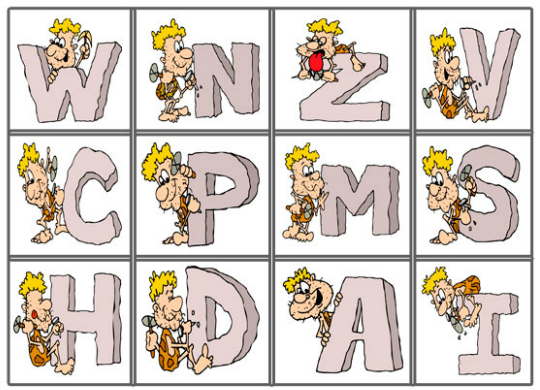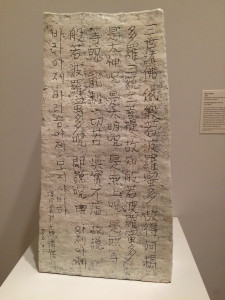It’s becoming harder and harder to ignore how documents exert influence on us—in politics, across society and in everyday life.
Examples are easy to find. A recent paper in the Journal of Documentation discussed how, in South Africa under Apartheid, documents were used to impose racial categories on individuals, which resonates with today’s discussions around legal gender. Library and information science professor Ron Day’s book Indexing It All discusses how social media and other big-data apparatuses exert similar control.
But the power of documents is nothing new. Indeed, I suspect it’s as old as writing itself. Or even older. I can only imagine the power wrought by the earliest smears of red ochre on burial sites 100,000 years ago. Of course, political control—especially when unbeknownst—is much graver than the kind of power of spiritual awe.
An interesting example of the use of written documents to impose political power is given by Bhavani Raman in the book Document Raj: Writing and Scribes in Early Colonial South India, based on her doctoral dissertation. Her account shows how the machinery built around written records far exceeded the power of military might in the 18th-century English colonization of Madras. The pen is mightier than the sword, indeed. And beyond the manipulative bureaucracy that was constructed around written records themselves, issues around language choice and translation are also wrapped up in the story. This work contextualizes the modernization of India, but it also gives an extensive and clear account of writing at work.
I’m currently reading Glenn Greenwald’s gripping account of the Snowden revelation a few years back, and it strikes me how the nature of document power has become all the more pernicious with the rise of modern information and communication technologies. Not only do written documents impose political categories and the like, but now they offer strangers a window into the depths of our lives through constant surveillance.
And it’s not just the capacity for seeing that makes this so dangerous; rather, it’s what remains unseen. If the NSA inter alia had a total and ultimate view of our lives, that would be one thing. They would know our actions, but they’d also know our backgrounds and our deepest motivations, desires and fears. Yes, that would be scary. But I think it’s even worse that they know some of these things but not others—because they fill in the gaps with guesses. For instance, say someone conducts a Google search for how to build a bomb. Does this necessarily mean they are planning to blow something up? They could be writing a novel, trying to understand the physics of a recent terrorism incident, doing research for a school project or simply trying to see how easy it is to find such instructions online. To use one of Greenwald’s examples, if I told you that a woman buys a pregnancy test, then calls an abortion clinic, you’ll probably make certain assumptions. But what if she bought the pregnancy test for her father, who works at an abortion clinic, as a cheap way to check for testicular cancer? These examples may seem facile, but you may be surprised by how patterns and fragmented information can be misconstrued. To give another example, there’s a famous riddle you may have heard:
A father and his son get in a car crash. The father is killed, and the son is terribly injured. The son gets rushed to the hospital for surgery. But the surgeon, upon seeing the boy, says, “I can’t do it! That boy is my son!” Explain.
Based on the information we have, we make assumptions. And those assumptions give us a paradox. In the case of this riddle, it’s rather harmless (other than revealing your possible gender bias). But in other cases, it could be life or death. To be sure, certain facts can be construed from examining people’s patterns of conduct, but it is very easy to jump to conclusions.
So documents and the practices around them can be tremendously powerful in our lives. We can use them, and we can be used by them. Often this power is invisible. Some of that invisible power is being unveiled… but surely, so much of it remains hidden.

 At the Philadelphia Museum of Art I recently saw a wonderful sculpture, pictured to the right, by South Korean ceramic artist
At the Philadelphia Museum of Art I recently saw a wonderful sculpture, pictured to the right, by South Korean ceramic artist